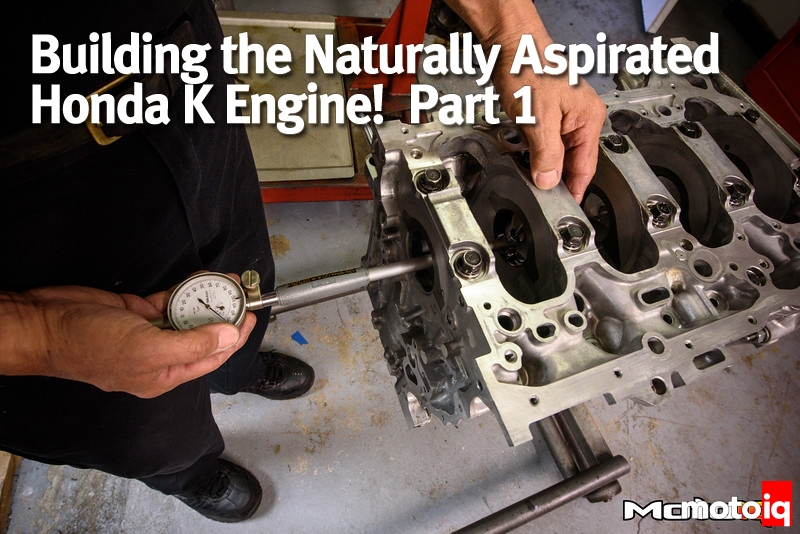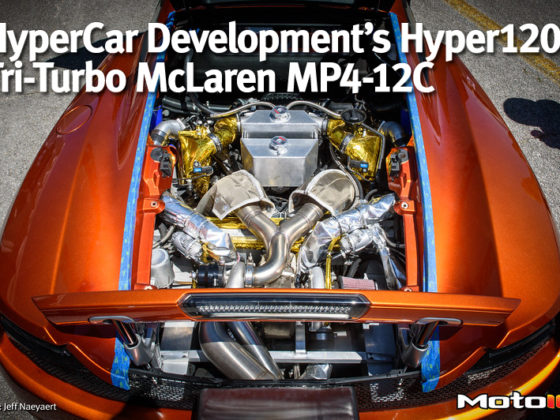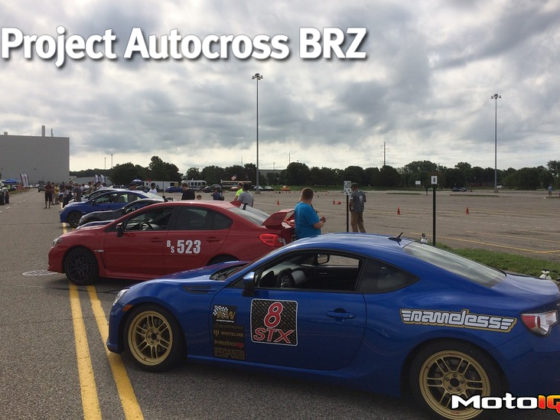,
 The K1 rod has an H-beam profile. We like the H-beam because it puts stiffness in the direction of bending stress that the rod sees in use although good rods are made with both H and I-beam profiles.
The K1 rod has an H-beam profile. We like the H-beam because it puts stiffness in the direction of bending stress that the rod sees in use although good rods are made with both H and I-beam profiles. After heat treatment, the rod is shotpeened which can improve fatigue strength by over 100%. The shotpeening is what give the rod's surface its pebbly texture.
 Another cool feature of the K1 rod is the use of high strength 200,000 psi ARP 2000 rod bolts. These premium bolts have asymmetrical threads for more thrust engagement for better torque consistency.
Another cool feature of the K1 rod is the use of high strength 200,000 psi ARP 2000 rod bolts. These premium bolts have asymmetrical threads for more thrust engagement for better torque consistency. Since the bolts are most highly stressed part of the rod, it is super important to have high strength bolts and K1 does not lack here.
 The K1 rod's small end is bronze bushed and honed so the sizing can be held to plus or minus 0.0001″.
The K1 rod's small end is bronze bushed and honed so the sizing can be held to plus or minus 0.0001″.The rod's machining is so precise that the weight of the rod can be held within one gram per end. Those are exceedingly tight tolerances and important for noise control and balance. The slightest bit of excessive clearance on the small end makes an audible knocking sound. With tight controls on weight, the rods do not need to be balanced.
We did not want to have an oiling hole in the rod or pin oiler holes in the piston pin boss which can weaken the piston or the rod. This will help keep the small end of the rod and pin boss of the piston strong for the high compressive loads a high revving NA engine will make.
 The stock K24 crank is a sturdy forged fully counterweighted part. No need to change that. We simply deburred it, polished the journals and chamfered the oil holes and had it balanced.
The stock K24 crank is a sturdy forged fully counterweighted part. No need to change that. We simply deburred it, polished the journals and chamfered the oil holes and had it balanced. We used King XP P-Max engine bearings. We have had excellent results with King bearings in several of our latest project motors and with some of our race engine builds.
We used King XP P-Max engine bearings. We have had excellent results with King bearings in several of our latest project motors and with some of our race engine builds.The XP bearing's pMax-Black material is a tri-metal bearing with steel, a very high capacity copper based intermediate layer and a softer lead-based overlay that contains 5% copper and undergoes a proprietary hardening process for industry leading load capacity.
In addition, the King main bearings have elliptical oil holes, undercut oil grooves for maximum bearing area, a very tight crush for optimal heat transfer and solid retention and an eccentric ID to help form and maintain a hydrodynamic oil film easier.
We decided to use the factory torque to yield fasteners for the cylinder head and main caps as we deemed that our NA motor would not put so much stress on these parts and it would be better to take advantage of the consistency of the OEM hardware in the case of this engine.
Stay tuned as we will continue to work on our latest project and follow it through its performance on the track!
Read Part One Here!
Read Part Two Here!
Read Part 3 Here!
Read Part 4 Here!
Sources
Dailey Engineering
ATI Dampers
JE Pistons
K1 Technologies
King Bearings



